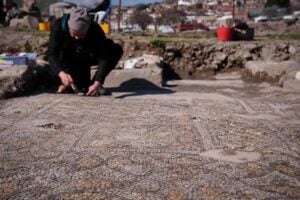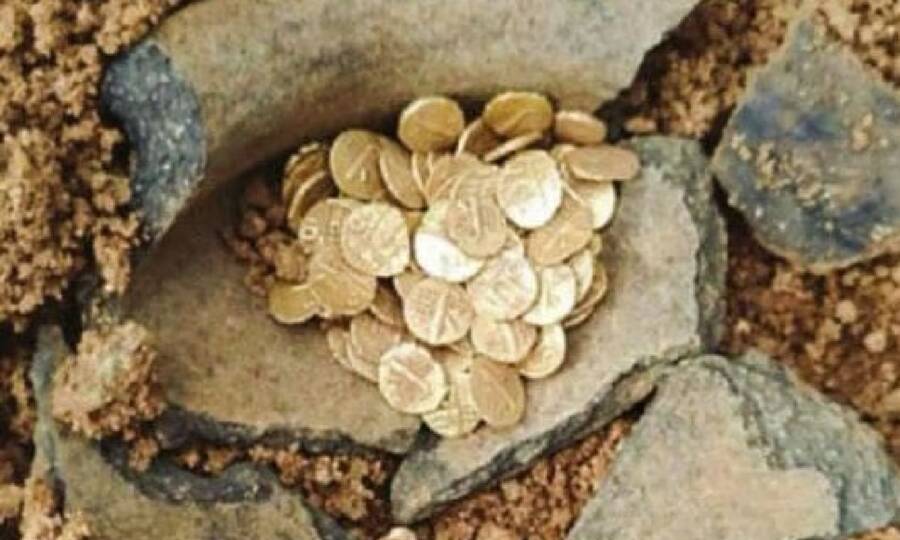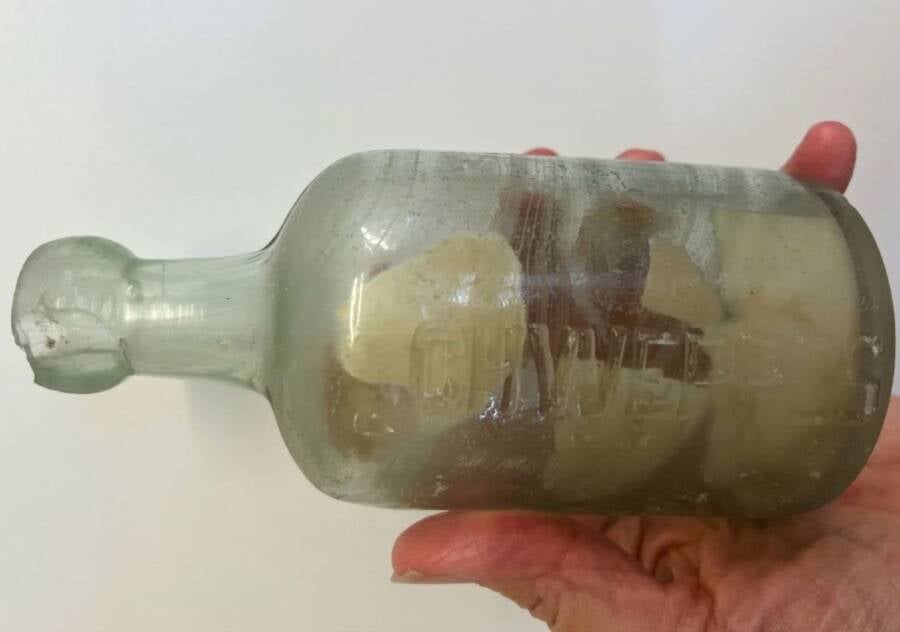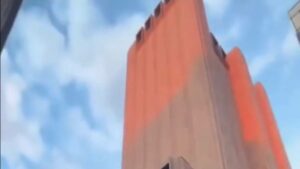“Unearthed Secrets: Ancient ‘Mosaic House’ in Türkiye Could Reveal Hidden Royal Mysteries!”
Have you ever wondered what secrets lie beneath the rubble of ancient cities? Imagine discovering a grand residence that once echoed with the whispers of royalty—a lost tale from the past just waiting to be told. Welcome to the “Mosaic House” in Pergamon, an archaeological treasure that was once a luxurious home linked to the noble family of an ancient civilization often referred to as the “second Athens.” As archaeologists work diligently to unearth its elaborate mosaics and rich history, this fascinating site offers a rare glimpse into the life and artistry of a time long gone. With only a fraction of it revealed, who knows what other wonders await within its walls? Join me in exploring the allure of this remarkable discovery and the fascinating history of Pergamon! LEARN MORE.
The Mosaic House was once a grand residence with ties to the royal family of Pergamon, an ancient city once touted as the “second Athens.”

Anadolu AgencyA floor in the “Mosaic House” in the ancient Turkish city of Pergamon.
Archaeologists working in Türkiye’s ancient city of Pergamon recently discovered an impressive Greco-Roman residential complex dubbed the “Mosaic House.” While just 20 percent of the structure has been unearthed so far, at least four different elaborate tile floors have already been uncovered.
What’s more, a roof tile found at the site suggests that the complex belonged to the royal family of the Pergamon Kingdom. The residence was seemingly burned down during Arab raids in the seventh century, and now, more than 1,000 years later, it’s getting a chance to show off its stunning craftsmanship once more.
Uncovering The Mosaic House In Pergamon
The Mosaic House was originally built between the second and third centuries C.E., when the rulers of the Pergamon Kingdom still envisioned the city as a “second Athens.” It was inhabited well into the Christian era, when the nearby Red Basilica, originally a temple to the Egyptian gods, was converted into a church. It was then seemingly abandoned sometime in the seventh century after a devastating fire during Arab raids.
“One of the most striking features of the Mosaic House is its mosaic floors,” said Professor Yusuf Sezgin, who headed the excavation, per the Hürriyet Daily News. “This indicates that it was an important structure… The roof tiles and burnt vessels suggest that the destruction was caused by a fire.”

Anadolu AgencyArchaeologists uncovering the Hellenistic period residence.
The mosaic floors blend styles in a fascinating way. Their intricate designs combine geometric and floral motifs from the third and fourth centuries C.E., reflecting Greek artistic traditions and Roman influences. During the excavations, archaeologists also discovered a roof tile fragment bearing a royal seal.
“We found a tile fragment with the inscription ‘Basilike,’” Sezgin said. “In Greek, ‘basilike’ means ‘belonging to the king.’ It is known that such seals were used in buildings specifically constructed for the royal family in the Pergamon Acropolis. If this inscription is found in a building, it means that it belonged to the king. We had previously found similar examples in fragments, but for the first time, a complete seal has been unearthed.”
This means that the grand complex was likely one of the royal family’s private residences.

Anadolu AgencyA detail of the mosaic floor.
The structure surrounded a stone courtyard with a pool, and inside that pool archaeologists found a tombstone bearing a touching inscription: “the sweetest child in the world.” It was also engraved with the image of a child with his dog on a rabbit hunt. Sezgin said the stone was likely removed from a tomb and repurposed when building the pool, and its discovery is significant “both for its emotional aspect and for providing insights into the social life of that period.”
Together, these finds offer new insight into life in the ancient city of Pergamon.
The Rise And Fall Of Pergamon, The ‘Second Athens’ Of The Ancient World

Adam Jones/Wikimedia CommonsThe Acropolis of Pergamon in modern-day Türkiye.
The ancient city of Pergamon was once a bustling hub of culture, learning, and innovation during the Hellenistic period. It was the capital of the Kingdom of Pergamon and a major cultural center of the Greek world.
Pergamon boasted one of the most significant libraries of its time — the Library of Pergamon — which was said to rival the famed Library of Alexandria. At one time, the library held more than 200,000 scrolls. This vast collection of knowledge was made possible by the city’s prolific production of parchment.
The city also housed significant architectural marvels, including the Great Altar of Pergamon, a monumental structure dedicated to the god Zeus, which featured intricate friezes depicting epic battles between gods and giants. The city’s theater was also one of the largest of its time, holding around 10,000 spectators.

Haluk Comertel/Wikimedia CommonsRuins of the ancient city of Pergamon.
Pergamon additionally became renowned for its contributions to health and medicine. The Asclepion, a center dedicated to healing, attracted people from far and wide seeking cures and therapies. It was here that the celebrated physician Galen honed his skills, laying foundations that would influence medical practices for centuries.



















